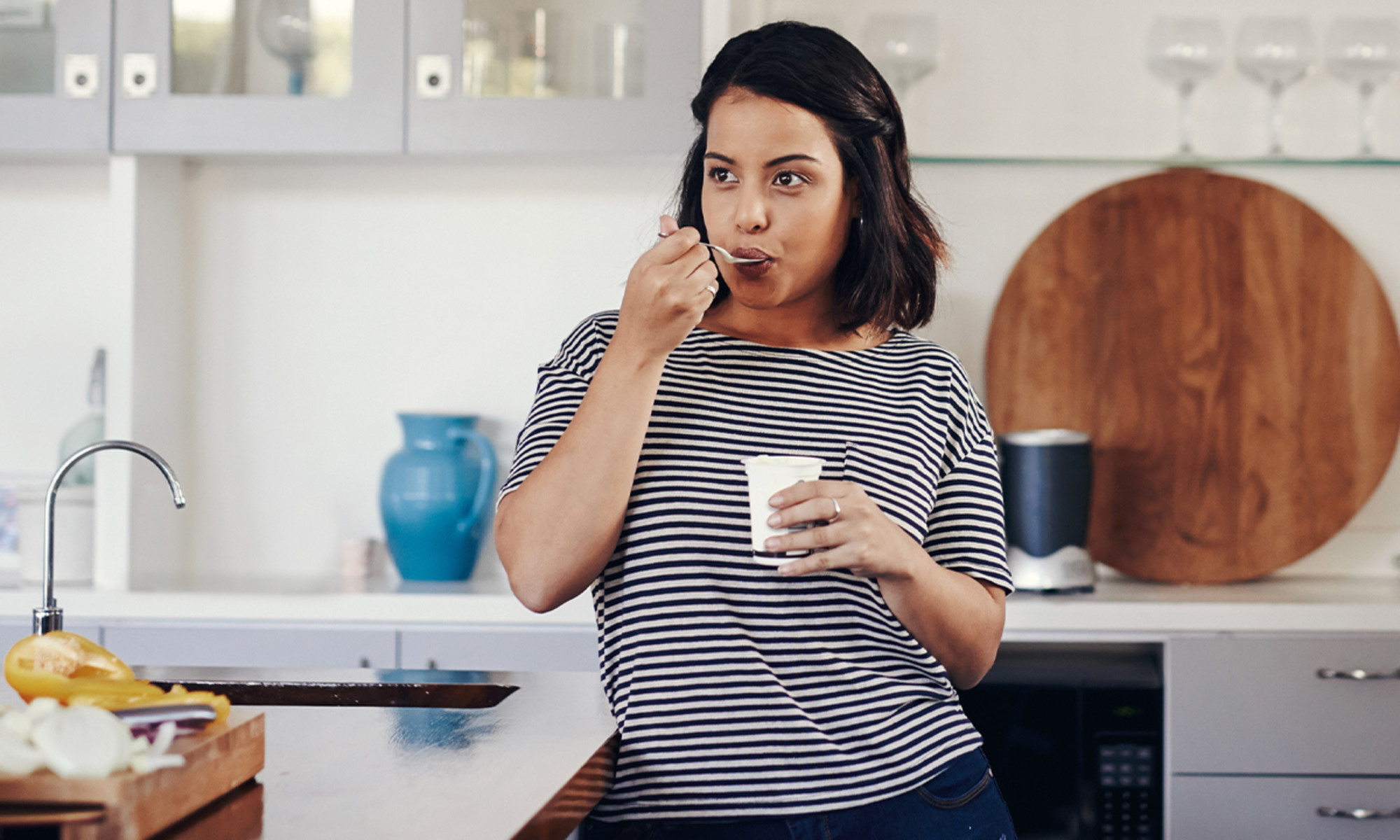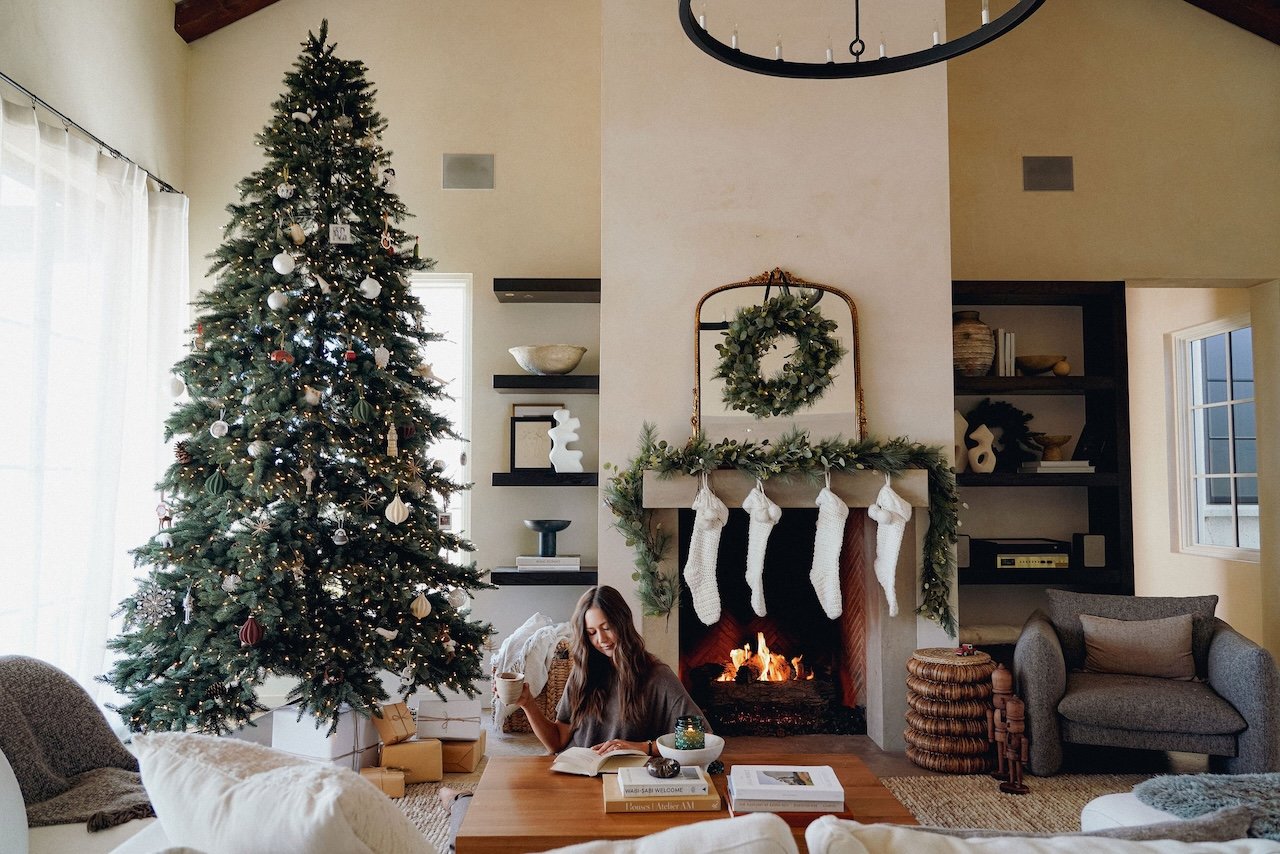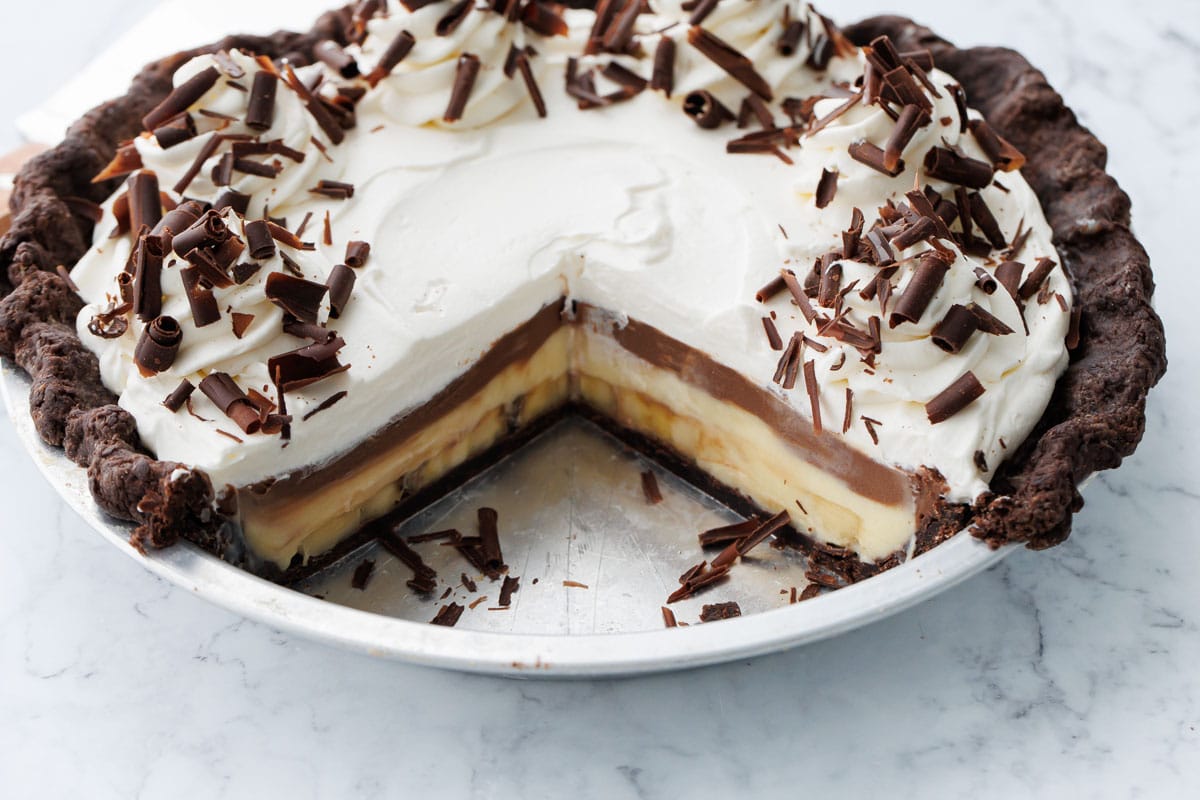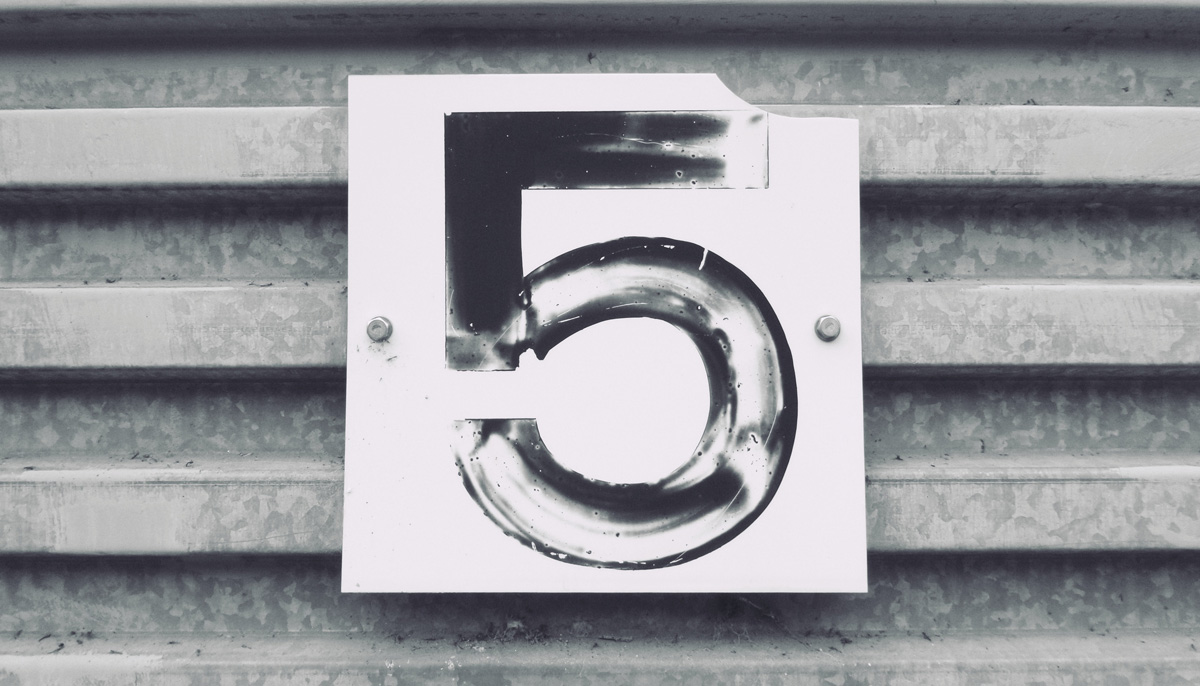7 Decluttering Habits Everybody Needs
You know the feeling. You spend a weekend clearing counters, purging closets, and hauling bags to the donation center. Your home breathes a sigh of relief, and so do you. But then, life happens. A few weeks later, you...


You know the feeling. You spend a weekend clearing counters, purging closets, and hauling bags to the donation center. Your home breathes a sigh of relief, and so do you. But then, life happens. A few weeks later, you notice the clutter slowly creeping back onto the kitchen counter, the pile of “miscellaneous” growing in the corner, that familiar tightness returning to your chest.
The problem isn’t necessarily the stuff itself. The problem might be the lack of a system.
Lasting peace in your home doesn’t come from heroic, once-a-year decluttering sprints. It comes from building small, gentle habits that act like a sieve, catching the clutter before it ever has a chance to accumulate. It’s about changing the flow of your daily life, not just reacting to the mess.
These are seven habits that have nothing to do with being a naturally “organized person” and everything to do with creating a home that consistently feels light and easy to live in.
1. The “One-In, One-Out” Rule
This is the golden rule of a clutter-free home, and its power is in its simplicity. For every new item that comes into your house—a new shirt, a new kitchen gadget, a new book—one similar item must leave. Bought a new pair of jeans? An old pair goes into the donation bag. Received a new mug? Choose a less-loved one to pass along.
This habit does two profound things. First, it forces you to be intentional about new acquisitions. You’ll start to ask, “Is this thing worth sacrificing something I already own?” Second, it automatically caps the amount of stuff you own, preventing the slow, silent creep of clutter. Your home’s capacity becomes fixed, and your possessions must live within it.
2. The “Five-Minute Evening Reset”
The clutter of the day doesn’t have to become the clutter of tomorrow. Each night, just before you settle in for the evening, set a timer for five minutes and do a quick sweep of your main living areas. Return the coffee cup to the dishwasher, put the throw blanket back on the couch, file the mail, and return the dog’s toys to their basket.
This isn’t about deep cleaning. It’s about hitting the reset button. Waking up to a tidy living room and clean kitchen is a gift you give your future self. It sets a tone of calm and order for the entire next day, proving that a peaceful home is often just five minutes away.
3. The “Donation Station” Habit
One of the biggest hurdles to decluttering is the friction of the process itself. If you have to go find a box, tape it up, and drive it across town every time you find something to donate, you’ll likely just leave the item where it is.
The solution is to make donating effortless. Keep a designated box or bag in the bottom of a closet or in your laundry room. This is your active donation station. The moment you put on a shirt and realize it never feels quite right, or you find a duplicate kitchen tool, don’t put it back—walk it directly to the donation station. When the bag is full, it goes straight into your car. The next time you’re out running errands, dropping it off is a simple, frictionless stop.
4. The “One-Touch” Principle for Paper and Packages
Mail and delivered packages are primary clutter vectors. They land on a counter and often stay there for days, creating a messy, anxiety-inducing pile. Break this cycle with the “one-touch” principle. When you pick up the mail or open a package, you must deal with it immediately. Recycle the junk mail. File the bill. Put the new supplies in their designated home. Break down the box and take it to the recycling bin.
By refusing to create a “to-deal-with-later” pile, you stop paper and packaging clutter at its source. This one habit alone can clear a significant amount of visual noise from your home.
5. The “Container Concept” Mindset
This is a revolutionary way to think about your space. Instead of asking, “How much of this can I store?”, you assign a specific, finite container for each category of items. You have one bin for kids’ art supplies. One drawer for plastic containers and lids. One shelf for mugs.
The rule is simple: you cannot keep more than fits comfortably in the container. When the bin is full of crayons and paper, you don’t get a second bin. You have to edit and curate what you own. This habit creates natural, enforceable limits and forces you to prioritize what you truly value and use.
6. The “Does This Make My Life Easier?” Filter
We often hold onto things out of guilt, nostalgia, or a vague sense of “someday.” A more helpful question is a practical one. As you handle your possessions, ask: “Does this item actively make my life easier or more beautiful?”
That waffle maker you use once a year that’s a pain to clean? It doesn’t make your life easier. That favorite sweater that feels like a hug? It does. That complicated gadget with a dozen parts? Probably not. That simple, sharp chef’s knife you use daily? Absolutely. This filter helps you curate a home full of functional, loved items and release the ones that create more work than joy.
7. The “Leave It Better Than You Found It” Practice
This is a gentle, ongoing habit that turns maintenance into a form of mindfulness. Whenever you leave a room, glance back and see if you can leave it just slightly better than you found it. Fluff the pillow on the couch. Put the remote back in its spot. Wipe the crumbs from the counter.
These are ten-second acts, but their cumulative effect is profound. Your home is never allowed to fall into total disarray because you are constantly course-correcting in tiny, manageable ways. It transforms home maintenance from a chore into a quiet, caring practice.
The goal here isn’t perfection. It’s progress. These habits are not meant to be adopted all at once. Pick one that resonates with you—perhaps the Five-Minute Reset or the Donation Station—and practice it for a week. See how it feels.
A clutter-free home isn’t a destination you arrive at after a massive effort. It’s a place you live in every day, maintained by small, consistent actions that honor your need for peace and space. Start with just one, and let the simplicity build from there.

 KickT
KickT 



















![The 2026 AI Search Benchmark Every SEO Leader Needs [Webinar] via @sejournal, @lorenbaker](https://www.searchenginejournal.com/wp-content/uploads/2025/11/1-259.png)











